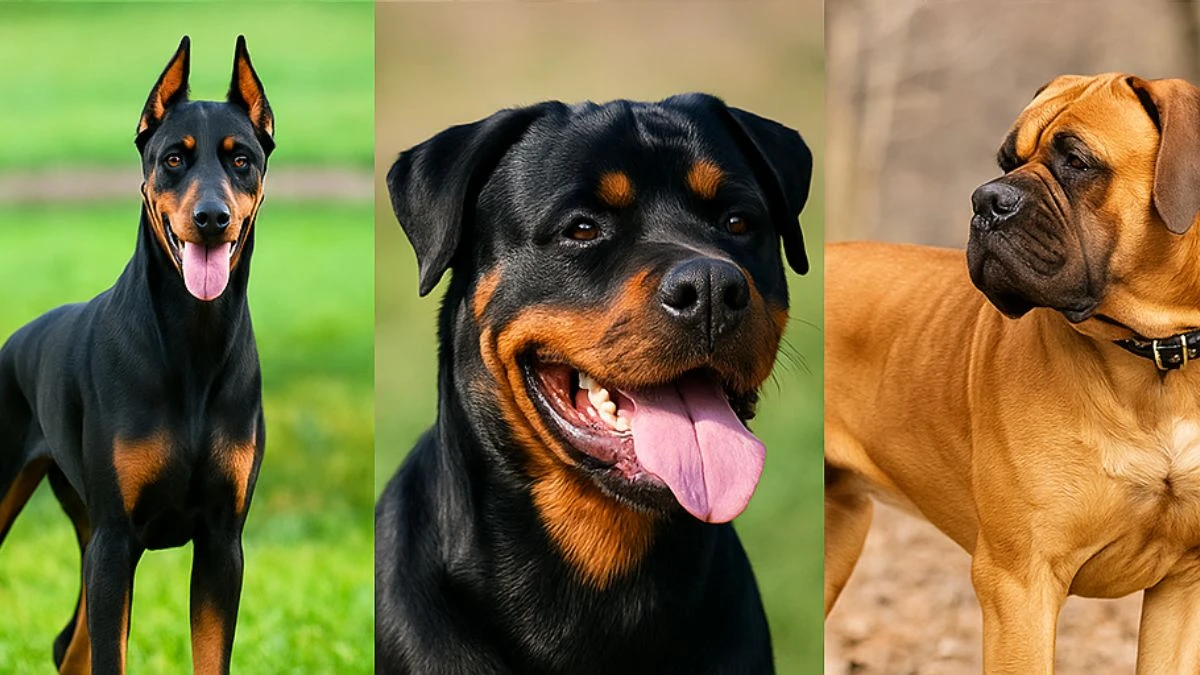Top 10 Best Guard Dog Breeds
When it comes to protecting your home and family, few things are as effective as a well-trained guard dog. These loyal companions combine natural protective instincts with unwavering devotion to their owners, creating a living security system that's both deterrent and defender.
Unlike attack dogs trained purely for aggression, the best guard dogs strike a careful balance between being protective when necessary and gentle family companions when at ease.
A true guard dog doesn't just bark at strangers—they assess threats, respond appropriately, and remain under control.
They're the four-legged family members who sleep with one ear open, ensuring your peace of mind whether you're home or away. This comprehensive guide will introduce you to the top 10 guard dog breeds, helping you understand what makes each special and which might be the perfect protector for your unique situation.
| Rank | Breed |
|---|---|
| 10 | Giant Schnauzer |
| 9 | Akbash |
| 8 | Rhodesian Ridgeback |
| 7 | Cane Corso |
| 6 | Belgian Malinois |
| 5 | Great Pyrenees |
| 4 | Bullmastiff |
| 3 | Doberman Pinscher |
| 2 | Rottweiler |
| 1 | German Shepherd |
10. Giant Schnauzer
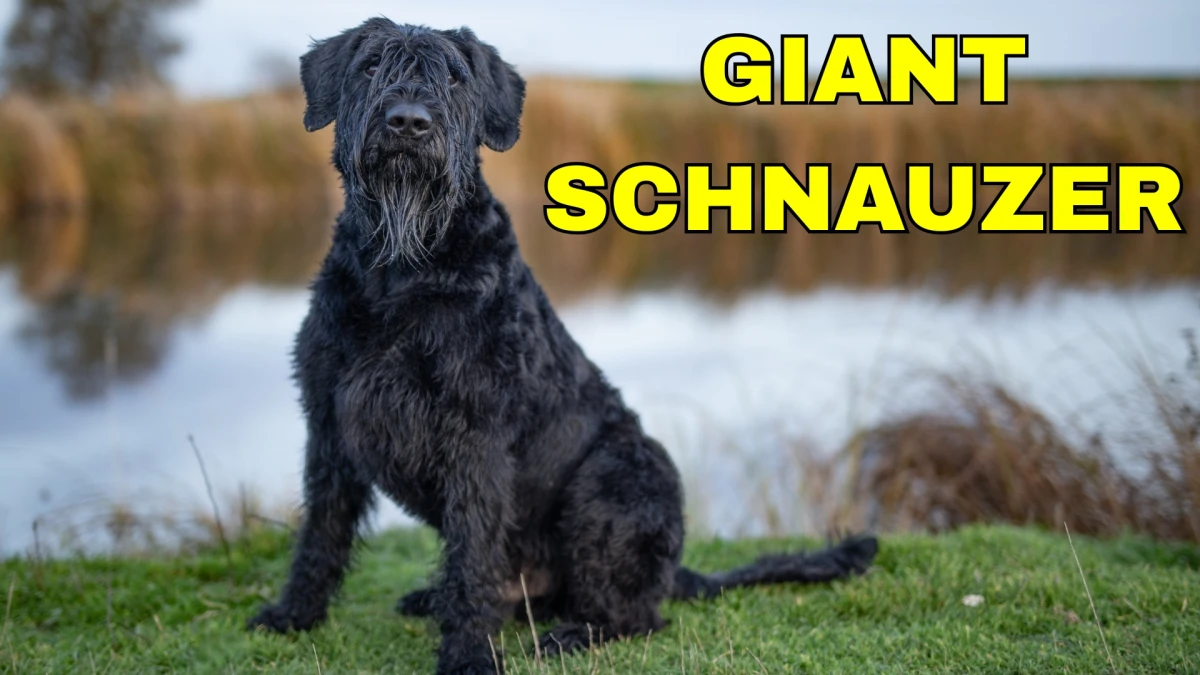
Originally developed in Germany for driving cattle and guarding property, Giant Schnauzers combine intelligence, loyalty, and natural protective instincts in an impressive package. Their working heritage created dogs that are both reliable guardians and devoted family companions.
Giant Schnauzers are large dogs, typically weighing 55-85 pounds and standing 23-28 inches tall. Their robust build, combined with their distinctive beard and eyebrows, creates an immediately recognizable appearance. Their dense, wiry coat requires regular grooming but provides excellent protection in various weather conditions.
As guard dogs, Giant Schnauzers are naturally territorial and protective. They're excellent judges of character and situations, often sensing trouble before their owners notice anything wrong. Their size, courage, and determination make them effective protectors when their family is threatened.
With families, Giant Schnauzers are playful, affectionate, and loyal. They're excellent with children and often display remarkable patience with smaller family members. They tend to be somewhat reserved with strangers until properly introduced but warm up once they accept newcomers.
Training Giant Schnauzers is generally straightforward due to their intelligence and eagerness to please. They respond well to consistent, positive training methods and enjoy having jobs to do. Mental stimulation is as important as physical exercise for this intelligent breed.
Giant Schnauzers are ideal for active families who want a loyal companion and effective protector. They adapt well to various living situations but need adequate exercise and mental engagement to remain happy and well-behaved.
9. Akbash
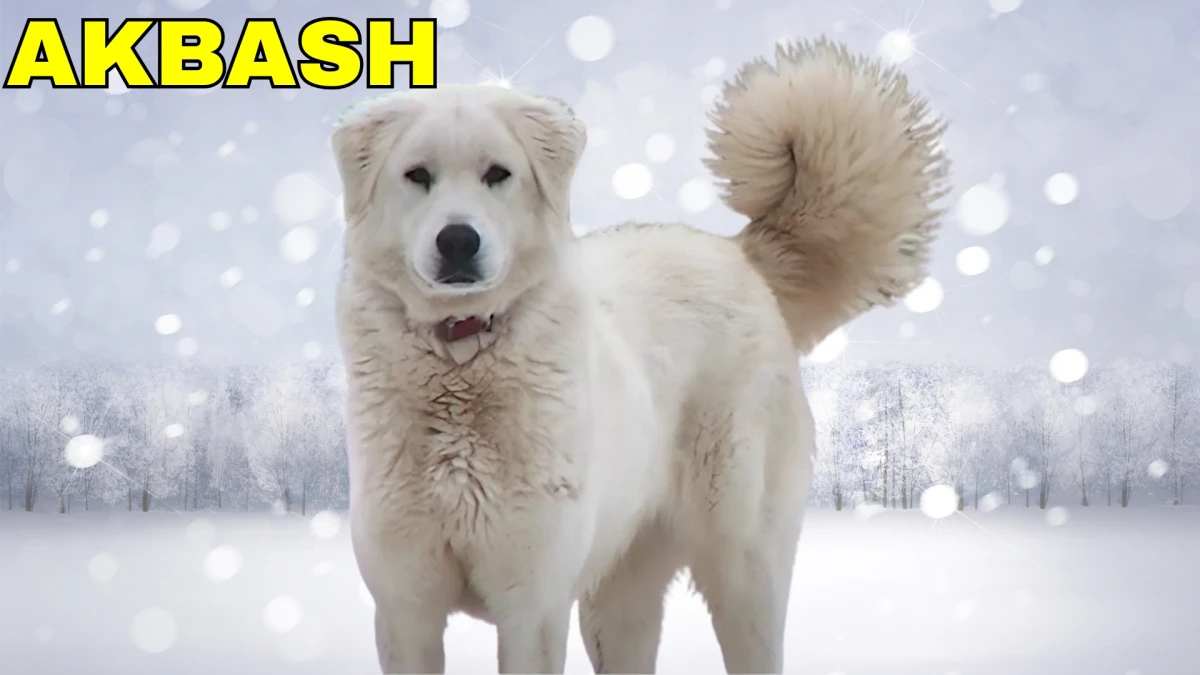
The Akbash is an ancient Turkish breed developed to guard flocks against predators like wolves and bears. These large, white guardian dogs bring centuries of protective instincts and independent thinking to modern families seeking natural protectors.
Akbash dogs are large, typically weighing 75-140 pounds and standing 27-34 inches tall. Their lean but powerful build is designed for endurance rather than speed, while their white coat helps them blend with the flocks they were bred to protect. Their alert expression and confident stance reflect their guardian heritage.
As guard dogs, Akbash excel at perimeter protection and threat assessment. They're naturally suspicious of strangers and have excellent judgment about potential threats. Their size and protective instincts make them effective deterrents, while their courage ensures they'll act when necessary to protect their family.
With families, Akbash are gentle, loyal, and protective. They're generally good with children but can be somewhat aloof with strangers. Their independent nature means they don't require constant attention but are always aware of their family's whereabouts and safety.
Training Akbash dogs requires understanding of their independent, guardian nature. They're intelligent but were bred to work without human direction, which can make traditional obedience training challenging. Early socialization is crucial to help them distinguish between normal social situations and genuine threats.
Akbash are best suited for families with larger properties, preferably rural settings where they can patrol and guard effectively. They're ideal for people who want a natural guardian with minimal training requirements but maximum protective instincts.
8. Rhodesian Ridgeback
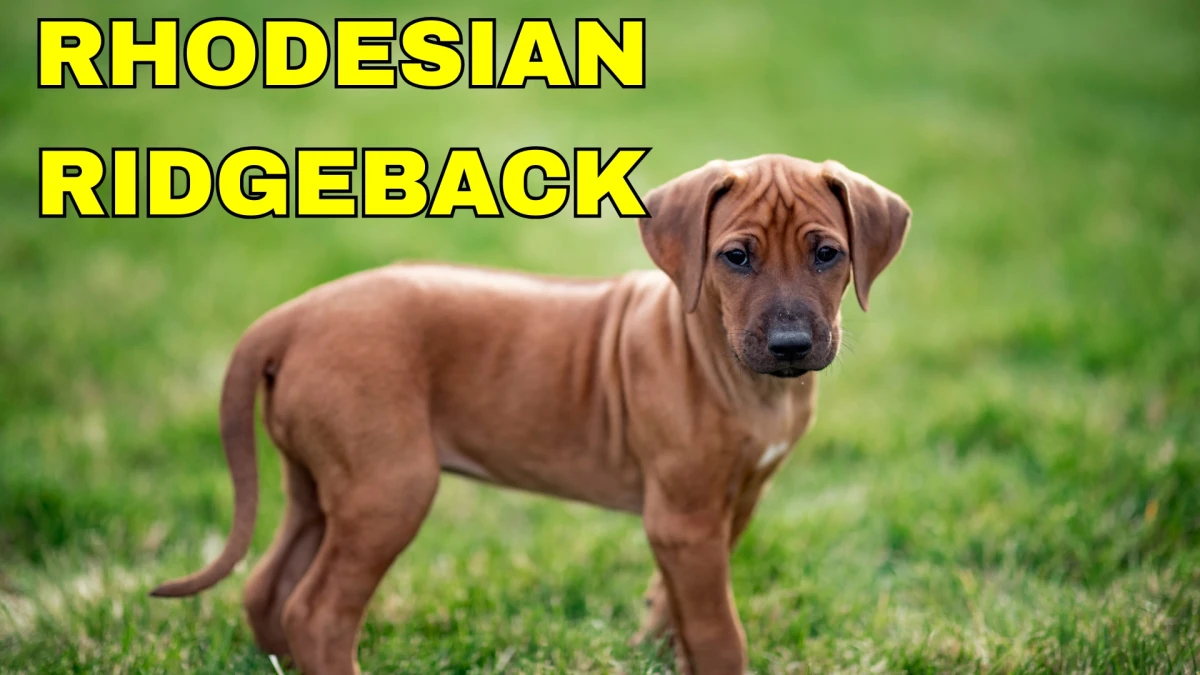
Originally developed in South Africa to hunt lions, the Rhodesian Ridgeback brings courage, independence, and natural protective instincts to modern families. The distinctive ridge of hair growing backward along their spine gives them their name and reflects their unique African heritage.
Rhodesian Ridgebacks are large dogs, typically weighing 70-85 pounds and standing 24-27 inches tall. Their athletic build combines strength with endurance, while their short, dense coat requires minimal grooming. Their dignified bearing and confident expression reflect their hunting heritage.
As guard dogs, Rhodesian Ridgebacks excel due to their natural courage and protective instincts. They're naturally territorial and will patrol their property with dedication. Their hunting background gives them excellent situational awareness and the courage to face threats much larger than themselves.
With families, Rhodesian Ridgebacks are loyal, affectionate, and particularly good with children. They tend to be somewhat aloof with strangers but warm up once properly introduced. Their independent nature means they don't require constant attention but are always ready to defend their family when needed.
Training Rhodesian Ridgebacks requires patience and understanding of their independent nature. They're intelligent but were bred to make decisions on their own, which can sometimes conflict with obedience training. Consistent, positive training methods work best with this breed.
Rhodesian Ridgebacks are ideal for active families who want a loyal companion and natural protector. They adapt well to various living situations but need adequate exercise and mental stimulation to remain happy and well-behaved.
7. Cane Corso

The Cane Corso is an ancient Italian breed that served as a guardian, hunter, and war dog throughout history. These powerful dogs nearly went extinct after World War II but were carefully restored by dedicated breeders who recognized their exceptional guardian qualities.
Cane Corsos are large, powerful dogs typically weighing 90-120 pounds and standing 23-28 inches tall. Their muscular build, broad head, and confident stance create an immediately imposing presence. Their short coat comes in various colors including black, gray, fawn, and brindle.
As guard dogs, Cane Corsos possess natural protective instincts and excellent territorial awareness. They're naturally suspicious of strangers and will assess newcomers carefully before accepting them. Their size, strength, and determination make them formidable protectors when their family is threatened.
With their families, Cane Corsos are affectionate, loyal, and gentle. They're particularly good with children they know, often displaying remarkable patience and protective instincts. However, they require proper socialization to ensure they can distinguish between normal social situations and genuine threats.
Training is crucial for Cane Corsos due to their size and protective instincts. They respond well to confident, consistent leadership but can be dominant with inexperienced handlers. Early socialization and ongoing training throughout their lives are essential for proper development.
Cane Corsos are best suited for experienced dog owners who have adequate space and understand the commitment required for such a powerful breed. They thrive with families who can provide firm leadership, adequate exercise, and proper socialization.
6. Belgian Malinois
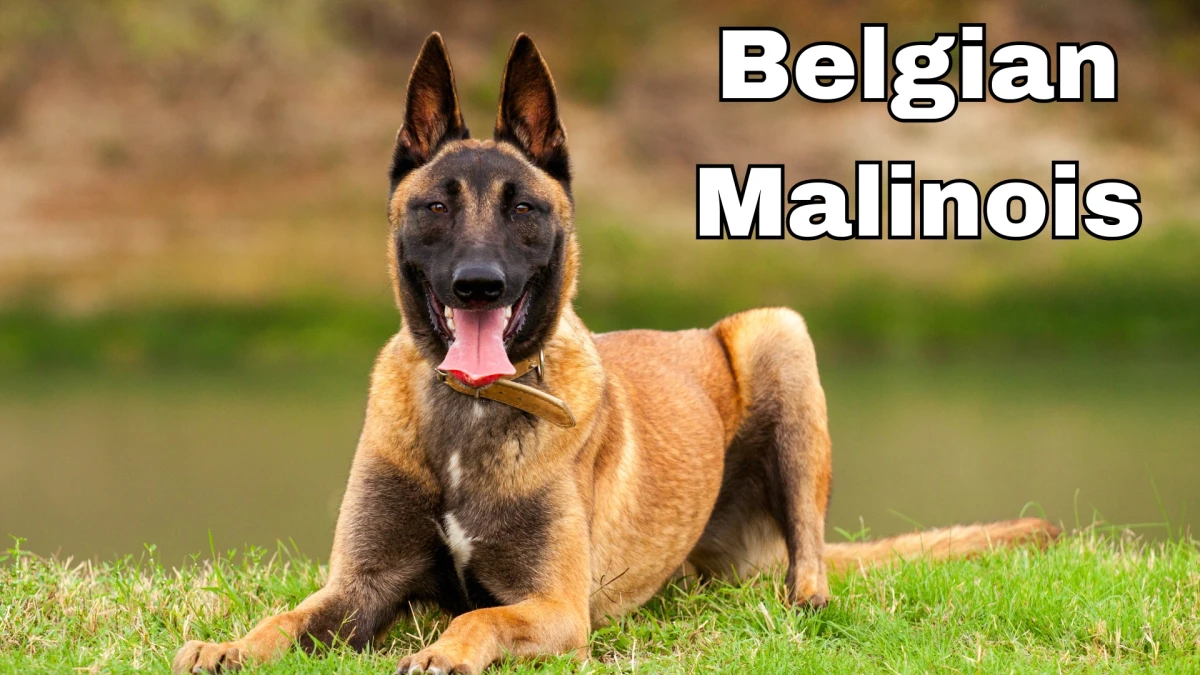
Often mistaken for German Shepherds, Belgian Malinois are actually a distinct breed with their own unique characteristics. Developed in Belgium in the 1880s, these dogs have become the preferred choice for many military and police units worldwide due to their exceptional drive and trainability.
Belgian Malinois are medium-sized dogs, typically weighing 40-80 pounds and standing 22-26 inches tall. They're leaner and more athletic than German Shepherds, with a short, weather-resistant coat that's usually fawn to mahogany with black markings.
Their alert expression and confident posture reflect their working heritage.
As guard dogs, Belgian Malinois are unmatched in their intensity and dedication. They have extremely high drive and energy levels, making them excellent for active protection work. Their speed, agility, and determination make them capable of stopping threats quickly and effectively.
With families, Belgian Malinois are loyal and affectionate but require extensive socialization and training. They have very high energy and exercise requirements, often needing several hours of physical and mental stimulation daily. They're generally good with children but their high energy and intensity require careful management.
Training requirements for Belgian Malinois are extremely high. These dogs need experienced handlers who can provide consistent, challenging training throughout their lives. They excel in obedience, protection work, and various dog sports, but they can become destructive if not properly exercised and stimulated.
Belgian Malinois are best suited for very active individuals or families with extensive dog experience. They're ideal for people involved in protection sports, law enforcement, or those who can commit to providing intensive daily exercise and training.
5. Great Pyrenees
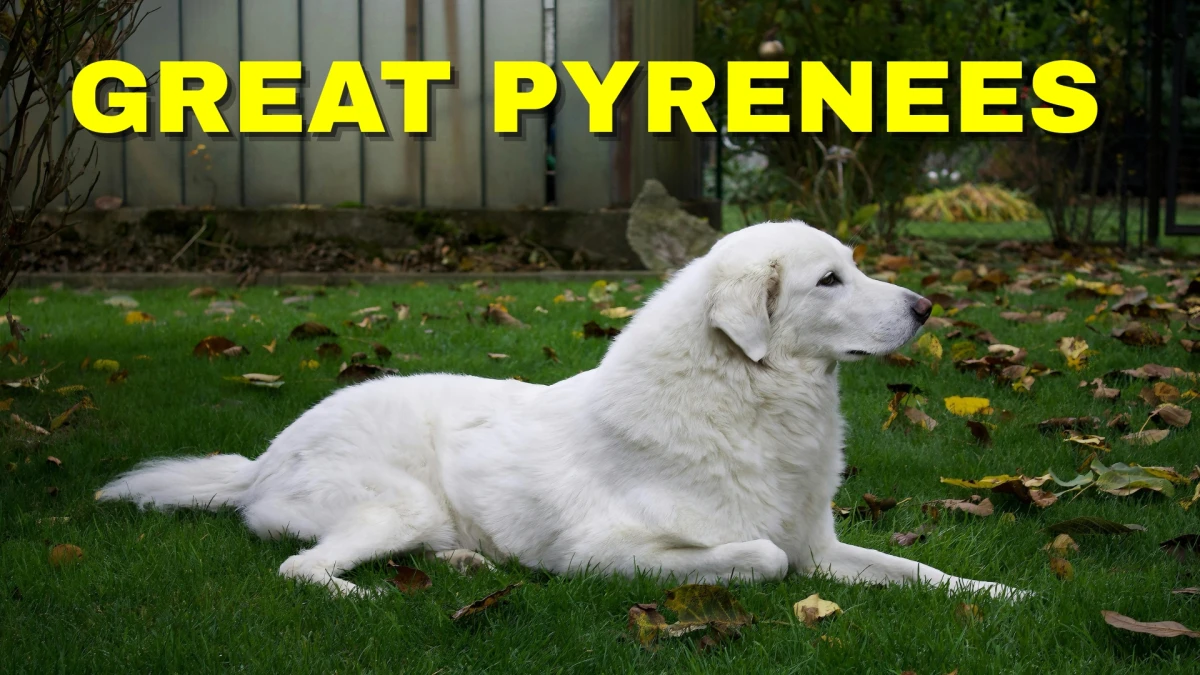
Originally bred to guard flocks in the Pyrenees Mountains between France and Spain, the Great Pyrenees brings centuries of guardian instincts to modern families. These majestic dogs were developed to work independently, making life-or-death decisions about predators without human guidance.
Great Pyrenees are large dogs, typically weighing 85-160 pounds and standing 25-32 inches tall. Their thick, weather-resistant double coat is usually white, though some have badger, gray, or tan markings. Their noble bearing and confident stance reflect their working heritage.
As guard dogs, Great Pyrenees excel at perimeter protection and have an almost supernatural ability to sense threats from great distances. They're naturally nocturnal, often patrolling their territory throughout the night. Their deep, booming bark serves as an excellent deterrent, while their size and protective instincts make them formidable opponents for any threat.
These dogs are gentle and patient with their families, particularly children. However, they maintain a natural aloofness with strangers and can be quite independent in their thinking. They're not typically aggressive but will stand their ground when they perceive a threat to their family or territory.
Training Great Pyrenees requires patience and understanding of their independent nature. They're intelligent but were bred to make decisions on their own, which can sometimes conflict with obedience training. Early socialization is crucial to help them distinguish between normal social situations and genuine threats.
Great Pyrenees are best suited for families with larger properties, preferably rural or suburban settings with adequate space for them to patrol. They're ideal for people who want a natural guardian that requires minimal training but provides maximum protection.
4. Bullmastiff
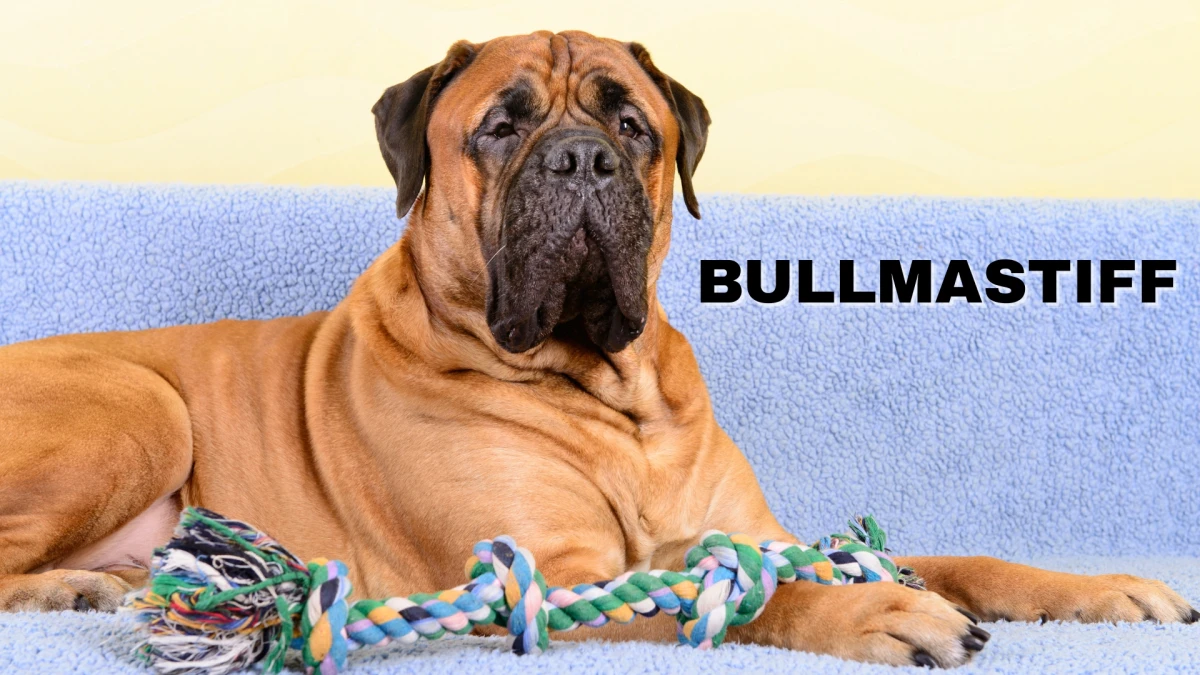
The Bullmastiff was developed in England during the 1860s by crossing Bulldogs with Mastiffs, creating the perfect gamekeeper's companion. These dogs were bred to track, pin, and hold poachers without mauling them—a testament to their controlled strength and reliable temperament.
Bullmastiffs are substantial dogs, typically weighing 100-130 pounds and standing 24-27 inches tall. Their broad heads, powerful jaws, and muscular build create an immediately imposing presence, while their relatively calm demeanor makes them excellent family guardians.
What sets Bullmastiffs apart as guard dogs is their natural protective instinct combined with excellent judgment. They're not aggressive by nature but are fearlessly protective when their family is threatened. Their size and strength make them capable of stopping intruders physically, while their generally calm nature means they're unlikely to overreact to normal situations.
With families, Bullmastiffs are gentle, affectionate, and particularly good with children. They seem to instinctively understand their size and are careful around smaller family members. They're content to be close to their people, often following family members from room to room.
Training requirements are moderate, as Bullmastiffs are intelligent but can be somewhat independent. They respond best to patient, consistent training methods and early socialization. Their size makes it important to establish good manners while they're still manageable puppies.
Bullmastiffs are ideal for families who want a low-maintenance guard dog that doesn't require extensive exercise. They're content with moderate activity and are well-suited to both suburban and rural living situations.
3. Doberman Pinscher
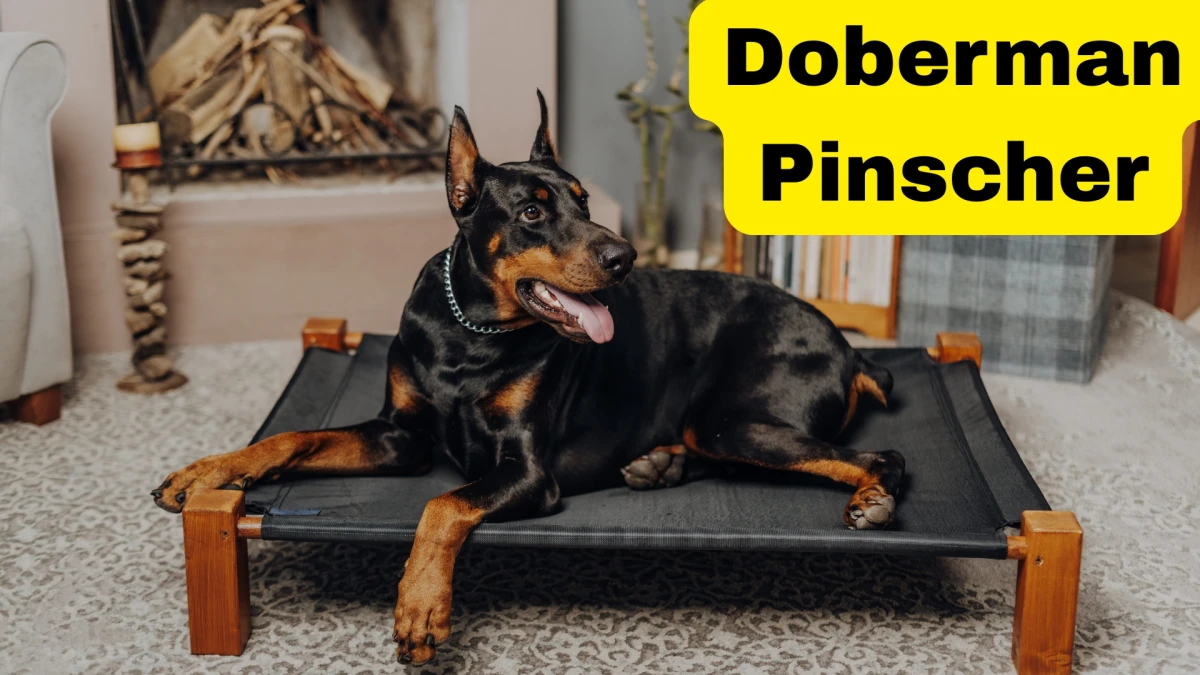
Created in Germany in the 1890s by tax collector Karl Friedrich Louis Dobermann, this breed was specifically designed to be the ultimate protection dog. The result is an elegant yet powerful guardian that combines speed, intelligence, and fierce loyalty.
Dobermans are medium to large dogs, typically weighing 60-100 pounds and standing 24-28 inches tall. Their sleek, athletic build reflects their working heritage, while their alert expression and natural elegance make them one of the most recognizable guard dog breeds.
The Doberman's guard dog qualities are legendary. They're naturally alert and suspicious of strangers, with lightning-fast reflexes and the courage to act when necessary. Their intelligence allows them to quickly assess situations and respond appropriately, whether that means standing down or moving to protect.
With their families, Dobermans are affectionate, loyal, and surprisingly gentle. They often choose one family member as their primary person but remain protective of the entire household. They're excellent with children when properly socialized, though their size and energy require supervision around very small kids.
Dobermans are highly trainable but require consistent, fair leadership. They're sensitive dogs that don't respond well to harsh treatment but thrive under confident, positive training methods. Mental stimulation is as important as physical exercise for this intelligent breed.
These dogs are ideal for active families or individuals who want a loyal companion and effective protector. They adapt well to various living situations but need adequate exercise and mental engagement to remain happy and well-behaved.
2. Rottweiler

Rottweilers trace their lineage back to ancient Rome, where their ancestors helped drive cattle for the Roman legions. This working heritage created a breed that's both powerful and reliable, with an innate understanding of protection duties.
These substantial dogs typically weigh 80-135 pounds and stand 22-27 inches tall. Their broad chests, muscular build, and confident stance make them immediately imposing. The classic black coat with tan markings is both striking and easily recognizable.
Rottweilers possess a natural guardian instinct that's deeply ingrained in their genetics. They're naturally territorial and will patrol their property with serious dedication. Their size alone serves as a significant deterrent, but their courage and determination make them formidable protectors when action is required.
Despite their imposing appearance, well-socialized Rottweilers are gentle giants with their families. They're particularly patient with children they know, often displaying a protective, almost parental attitude. However, they maintain a healthy suspicion of strangers and new situations.
Training is crucial for Rottweilers due to their size and strength. They respond best to confident, consistent handlers who establish clear boundaries early. Early socialization is particularly important to ensure they can distinguish between normal social situations and genuine threats.
Rottweilers are best suited for experienced dog owners who have adequate space and understand the commitment required for such a powerful breed. They thrive with families who can provide firm leadership and plenty of exercise.
1. German Shepherd
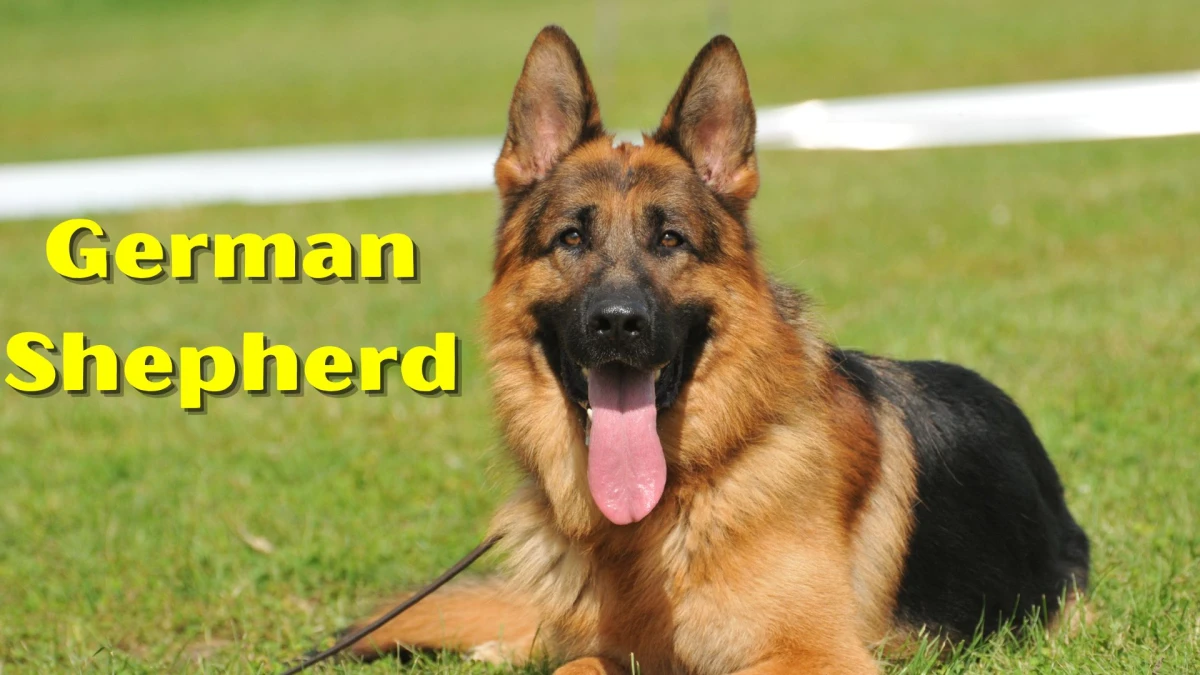
The German Shepherd stands as perhaps the most versatile and widely recognized guard dog breed in the world. Originally bred in Germany in 1899 for herding sheep, these dogs quickly proved their worth in protection, police work, and military service.
German Shepherds typically weigh between 50-90 pounds and stand 22-26 inches tall. Their athletic build combines strength with agility, while their double coat provides protection in various weather conditions. Their noble appearance, with erect ears and intelligent eyes, commands respect.
What makes German Shepherds exceptional guard dogs is their remarkable intelligence paired with unwavering loyalty. They're capable of making split-second decisions about threats while maintaining complete devotion to their families. These dogs excel at reading situations and human behavior, often sensing trouble before their owners notice anything amiss.
With family members, German Shepherds are gentle, patient, and protective. They're particularly good with children, often displaying a natural understanding of their vulnerability. However, they remain naturally suspicious of strangers until properly introduced, making them excellent deterrents to potential intruders.
Training requirements are moderate to high, but German Shepherds are eager learners who respond well to consistent, positive reinforcement. They need mental stimulation along with physical exercise to prevent boredom and destructive behavior.
German Shepherds are ideal for families seeking a loyal companion that can also serve as a reliable protector. They adapt well to both suburban homes with yards and rural properties, though they need adequate space and exercise.
What Makes an Effective Guard Dog?
Not every dog breed has what it takes to be an exceptional guardian. The most effective guard dogs possess a specific combination of traits that make them naturally suited for protection work.
Alertness is perhaps the most crucial quality. A guard dog must be constantly aware of their surroundings, quick to notice unusual sounds, movements, or presence of strangers. This heightened awareness allows them to detect potential threats before they become immediate dangers.
Courage separates true guard dogs from mere alarm systems. When faced with a genuine threat, these dogs won't back down or hide. They possess the bravery to confront danger head-on when their family's safety is at stake.
Loyalty and bonding create the emotional foundation that drives a guard dog's protective instincts. Dogs that form deep attachments to their families are naturally motivated to defend them. This loyalty ensures the dog will prioritize their family's safety above their own comfort or safety.
Trainability is essential because even the most naturally protective dog needs proper guidance. The best guard dogs are intelligent enough to learn commands quickly and disciplined enough to follow them consistently, even in high-stress situations.
Physical presence matters too. While smaller dogs can be effective watchdogs, guard dogs benefit from having the size and strength to actually deter or stop threats. Most effective guard dogs weigh between 70-130 pounds, providing the physical capability to back up their protective instincts.
Controlled temperament might seem contradictory, but the best guard dogs are those that can differentiate between normal situations and genuine threats. They should be calm and friendly with family and welcomed guests, but instantly ready to defend when danger appears.

